Table of Contents
Highlight
- AI in filmmaking empowers creators by streamlining scriptwriting, storyboarding, VFX, and sound design.
- Production costs and time shrink as AI replaces expensive, time-intensive processes.
- Ethical collaboration is vital to protect artists’ rights while democratising creativity.
The filmmaking industry is undergoing profound changes due to the rapid evolution of generative AI. Previously limited to special effects or minor changes in post-production, AI in filmmaking allows the creation, development, and production of content at all stages, from initial scriptwriting to the making of full-length, Hollywood-quality movies on an indie microbudget.
This promises to finally put to rest certain long-standing injustices in the cinema world, such as the lack of truly original stories and an overemphasis on established franchises.
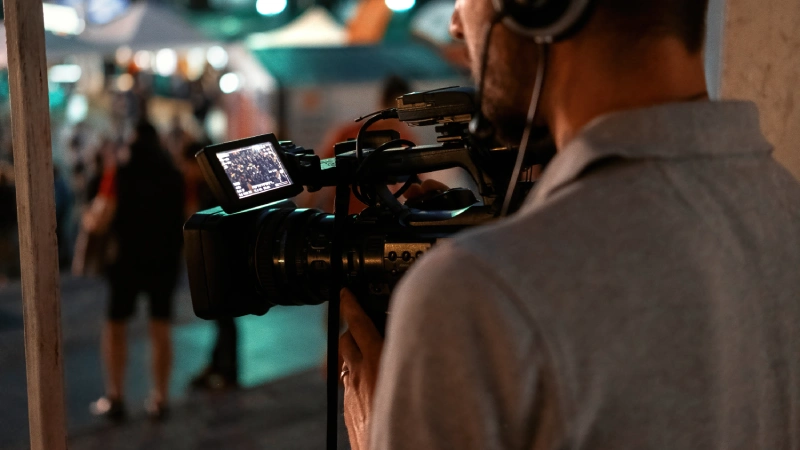
Revolutionizing Storytelling and Script Development
At the centre of any compelling film is a story, and generative AI is becoming a powerful tool for screenwriters. Platforms such as Saga utilize state-of-the-art Large Language Models (LLMs), including OpenAI’s GPT-4, Anthropic’s Claude 3.5, Mistral, and Llama by Meta, among others, to generate and manipulate content suggestions for scripts, dialogue, scene descriptions, and similar elements.
This effectively cures the classic “writer’s block,” empowering creators to push past any creative obstacles and finally put their own ideas on paper. As screenwriter Paul Schrader behind masterpieces like Taxi Driver (1976) and Mishima: A Life In Four Chapters (1985) noted, AI can provide “good, original, and fleshed out” ideas in seconds, drastically reducing the time spent searching for concepts.
What AI needs to be used as is a tool that helps as an accelerator and co-production partner, supporting writers, not handicapping them. Saga, for instance, runs on a “film school framework,” aimed at guiding the AI in delivering more targeted, consistent, and coherent results by means of well-structured storytelling challenges, giving the AI constraints such as “write a B-story that supports the theme.”

It aids filmmakers with story and character ideation, planning the structure and beat sheet, and wrapping up the rough drafts. With a human-centered design, it keeps the creative process intuitive and filmmaker-friendly, allowing for seamless integration with the actual production workflow and thereby bridging the gap between AI capabilities and creative storytelling.
However, initial evidence suggests that if left unchecked, AI could steer writers who lack innate genius down paths of almost identical stories and fewer original ideas. Yet the problem lies in harnessing AI to augment, rather than replace, human creativity.
Generating Dynamic Scenes and Visual Effects (VFX)
Beyond the script, generative AI is transforming the visual aspects of filmmaking, from storyboarding to complex VFX.
Image Generation and Storyboarding
AI image Tools like OpenAI DALL-E 3 and Stability AI’s Stable Diffusion XL are employed to create visual content for storyboards. Saga enables users to easily create detailed storyboards by selecting common shot types and camera angles, specifying size and style, and even referencing characters by name to ensure their likeness is accurately maintained across shots.
This is achieved through sophisticated prompt engineering, considered proprietary intellectual property for platforms like Saga, which saves users from needing to master complex commands. The ability to upload reference images for characters and even set locations will further enhance visual consistency.
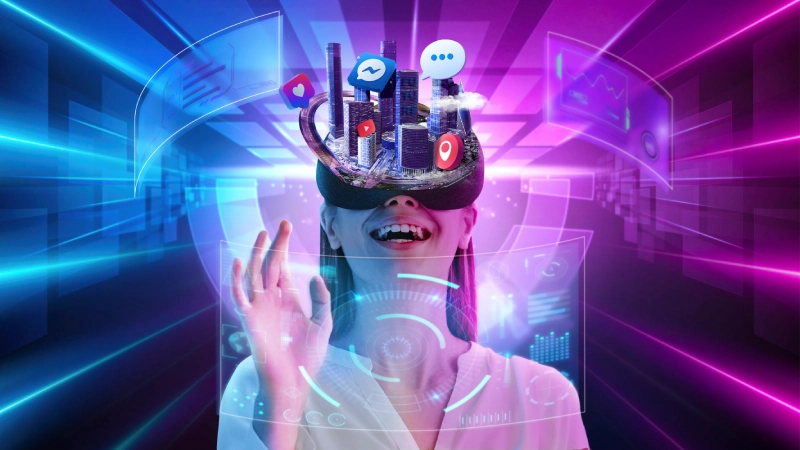
Video Generation and Pre-visualization (Previz)
Generative AI models are capable of generating photo-realistic images and videos, with limitations such as video length, object actions, and physics, and realism being rapidly improved. AI image models such as Luma Labs AI Dream Machine are used for 5-second photo-realistic storyboard previz, with plans for 40-60 second animatic video clips in 2025.
Features in previz allow users to create an animation of the scenes, as well as the movements of the cameras, which becomes crucial for planning complex shots. There are certain limitations with the current video generators, but filmmakers also work around these limitations with frame interpolation, enforcing start-end frame consistency, and hybrid 3D pipelines.
3D Asset and Scene Generation
The generation of 3D scenes with AI is significantly faster than manual modeling, with production time decreasing from hours to mere minutes. Up until now, these tools have sped up asset production so considerably that their usage by AI film hackathons has increased from 0% in 2023 to 23.7% in 2025; they enable the capture of real-world environments as high-fidelity 3D meshes or convert prompts and 2D images into usable 3D models. However, issues persist in realising desired styles, proper mesh topology, making it animation-ready, and producing intricate or abstract details.
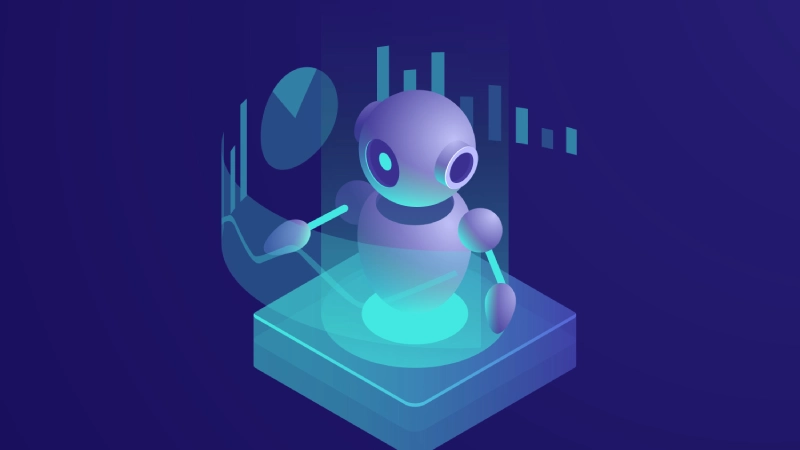
Character Consistency and Motion
Maintaining consistent character features across multiple scenes is a key challenge. Platforms like Saga address this by prompt-injecting characters’ physical descriptions based on fuzzy name matching and soon allowing users to upload reference images for characters and locations.
For dynamic motion, tools can transform live-action actor performances (captured via green screen) into fully animated characters, compositing them into AI-generated environments.
Surveyed artists rank consistent character movement and camera control as top priorities for video generation tools, followed by overall character consistency and the ability to generate multiple characters within a single frame.
Enhancing Audio and Operational Efficiency
Generative AI also extends to audio, with models like ElevenLabs Multilingual v2 for voice and Suno v4 for music. Saga incorporates “Virtual Table Reads,” allowing users to hear characters bring their script to life, aiding in pacing and dynamic exchange.
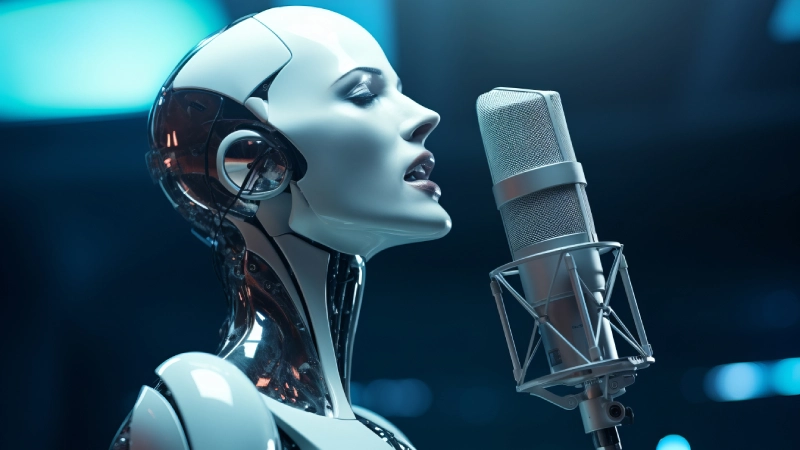
Future updates will include music scoring and original soundtracks, customized for the emotions and tempo of each scene. Although AI-driven music and sound effects have been increasingly used, compositions created by human artists still hold an edge in conveying nuanced emotions.
AI’s economic impact on filmmaking is, therefore, enormous. Traditional film production is so costly that it runs into hundreds of millions of dollars for blockbuster films. AI drastically changes these economics: within some budgets, it can eliminate expenses such as travel, accommodation, equipment transportation, and insurance, while in others, it might even prevent salary disbursement to some crew members. As far as time savings are concerned, a hour video can be produced within a few days as opposed to months or even years in conventional production.
Ethical Considerations and the Future of Filmmaking
The development of AI in filmmaking raises ethical issues, including concerns such as job displacement for human workers, rights to intellectual property, and the impact on audience experience. The strikes in Hollywood in 2023 highlighted the issues of artists expressing themselves through consent, control, and compensation. Proposed solutions include creating opt-in, dividend-paying datasets for AI model training, where contributors are fairly compensated, potentially via blockchain and Web3 technologies.
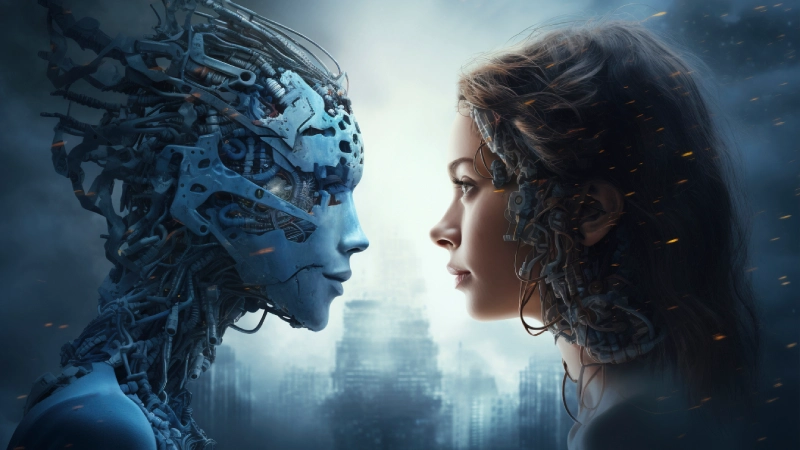
Critically, companies like Saga commit to giving users 100% ownership of their work and will not use user content to retrain their AI models, differentiating themselves from competitors. This artist-friendly approach prioritises security and privacy beyond legal requirements.
Despite fears that AI will lead to job losses, many industry insiders believe AI is a tool to empower filmmakers and democratise the industry. It enables aspiring creators to produce original content in various formats by removing traditional barriers to creation. With machine learning advancing, AI will be able not only to refine existing story structures but also to generate new ones, featuring plot twists and characters unlike anything we’ve seen before, to produce some of the best cinematic experiences ever recorded.
Generative AI filmmaking in a better world will be a completely collaborative human-machine process where AI augments human abilities and liberates creators from mundane tasks, allowing them to focus on their unique offerings. Together, human vision and AI capabilities bring forth opportunities for the cinematic world with unprecedented creativity, diversity, and the highest level of accessibility.